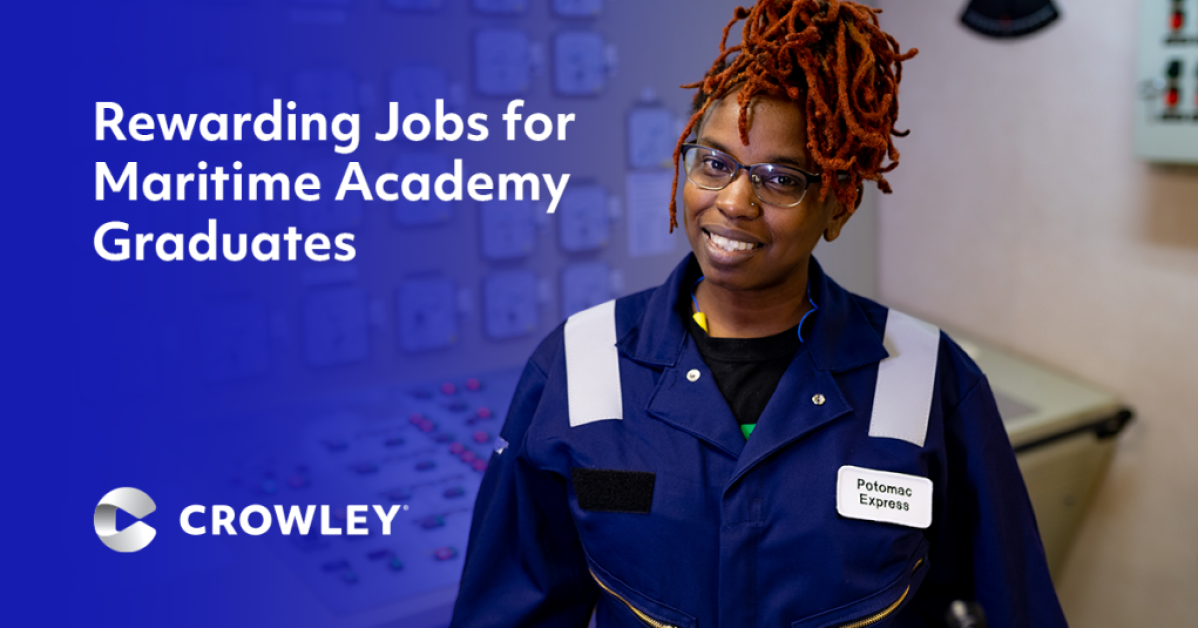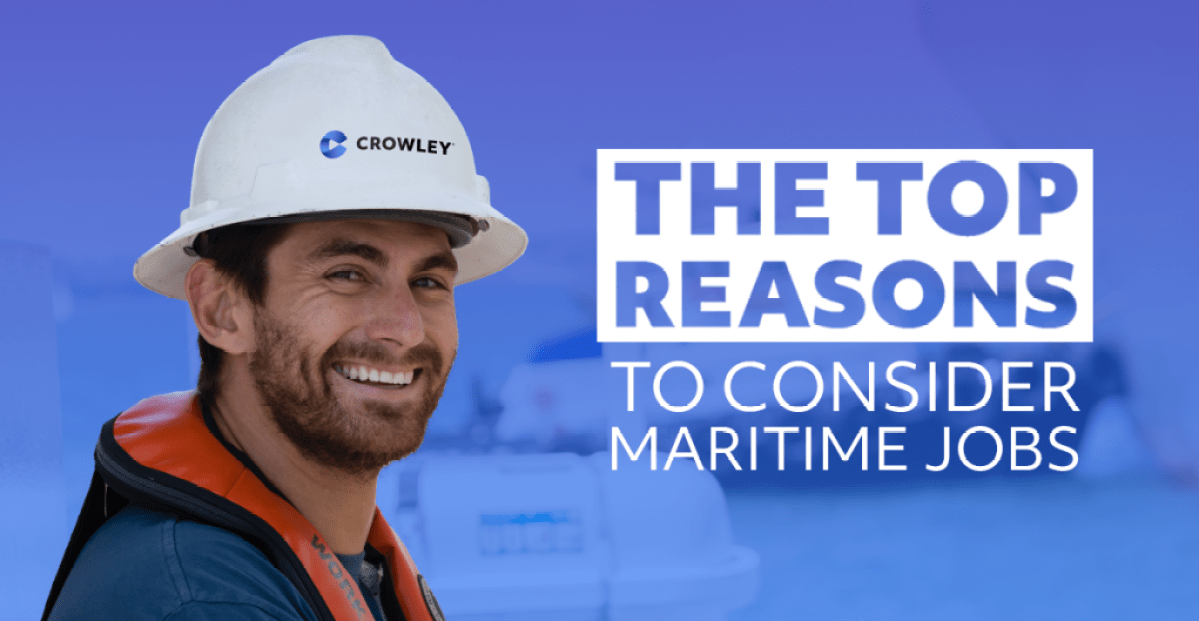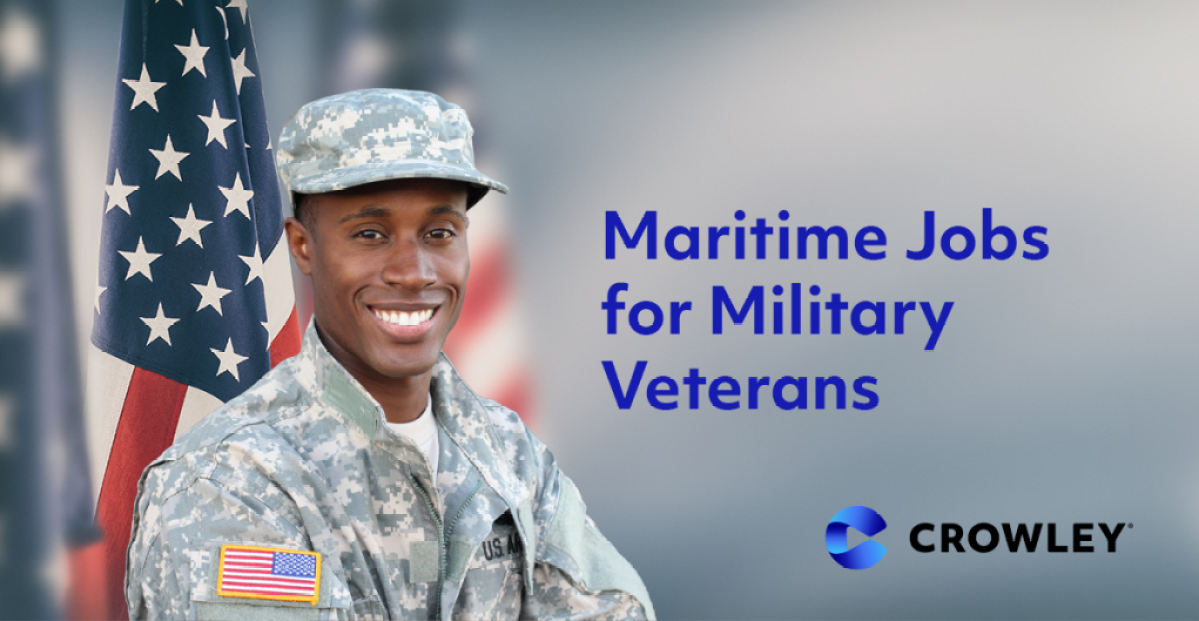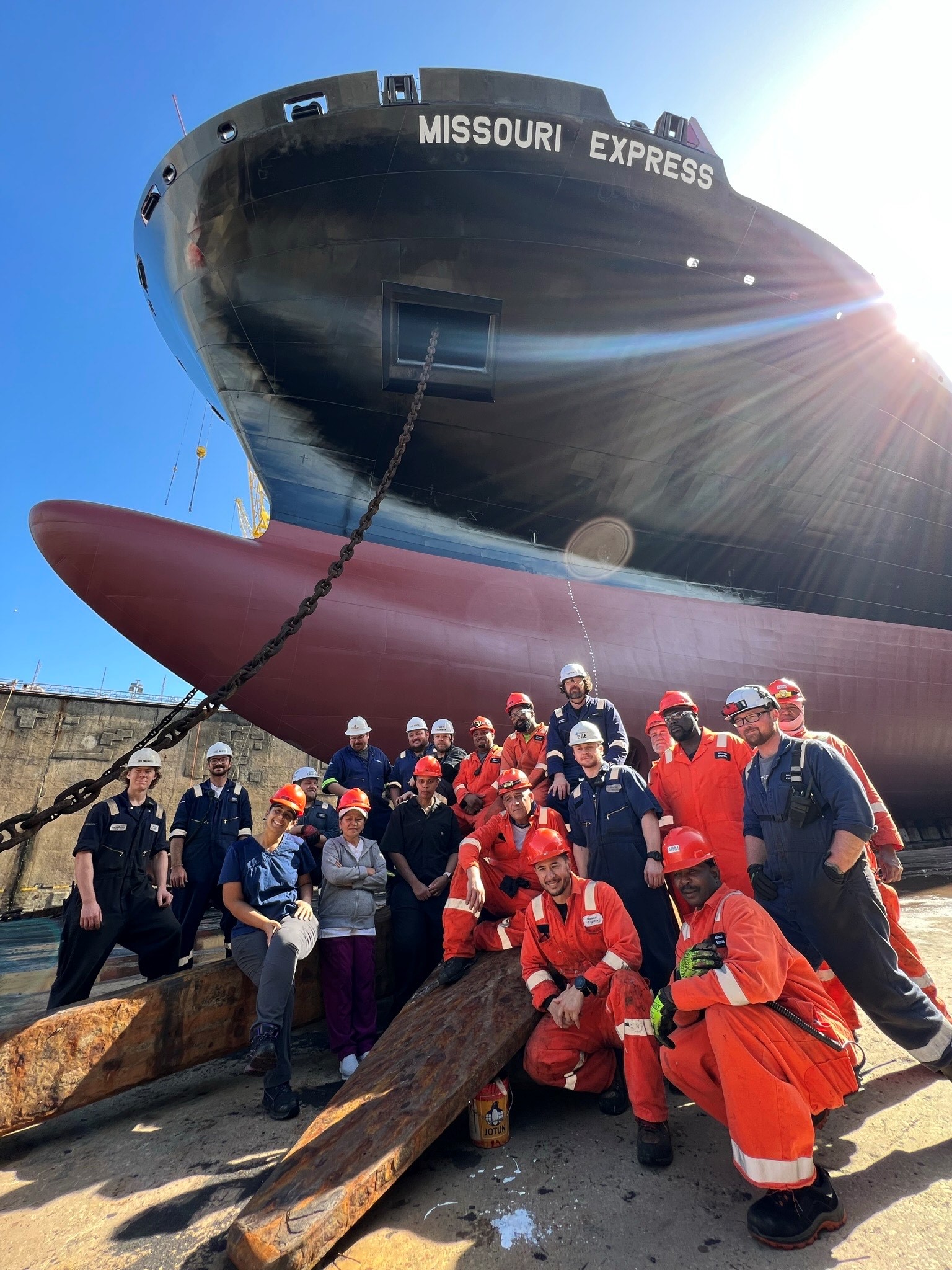
As digital technology becomes increasingly important in daily life, Crowley is improving our mariners’ experience by implementing reliable, high-speed internet at sea. Now, onboard our ships, mariners have internet access through a new, innovative deployment of Starlink technology.
Starlink’s maritime technology connects mariners working on the open sea to not just business operations but their family, friends and life on shore using technology developed by SpaceX. This technology is used around the globe on more than 90 applicable U.S. commercial, government and international vessels owned or operated by Crowley.
This increased internet connectivity enables Crowley to strengthen operational efficiencies, including real-time monitoring and data transmission, video conferencing and access to applications and digital resources. Mariners have experienced improvements to safety, efficiency, welfare and morale, as well as a closer feeling of connectedness to their colleagues and loved ones while at sea.
Enhancing Safety and Internet at Sea
For ships on open water, access to real-time weather updates, nautical charts and communication tools are essential for safe operations. With the ability to receive up-to-date information on weather patterns and potential hazards, captains and crew members can make informed decisions to navigate safely through even the most challenging conditions. Additionally, in emergency circumstances, the ability to communicate with onshore authorities and rescue services has potentially lifesaving implications.
“On a ship, you don’t realize all the little things you have to do to relay information back and forth,” said Joe Gilbert, chief mate of the Taino, a containership serving the U.S. mainland and Puerto Rico. “Being able to communicate our arrival times into port or have reliable communication when a repair is needed is huge.”
Mariners Experience:
Increased Welfare and Morale
In addition to its practical implications for safety and efficiency, Starlink’s connectivity greatly supports the morale and welfare of the crew. For mariners spending weeks or even months at sea, staying connected with loved ones and accessing online entertainment and social media platforms provides a much-needed respite from the isolation of life onboard. Moreover, access to internet-based communication tools allows crew members to stay in touch with their families and support networks, fostering a sense of connection and reducing feelings of loneliness and homesickness.
“We are very happy that we can contact our families at any time and can see and talk to them as long as we want,” said Chernichenko Evgeny, captain of the international containership Tucana. “We can also manage some family tasks online, such as paying bills, booking appointments, or placing online orders.”
Gilbert further emphasized that this access is a huge opportunity for Crowley, both professionally and personally.
“I have two little girls at home, so it’s always great to FaceTime my children and wife and talk to them. The whole crew can speak to that,” said Gilbert.
Embracing Collaboration and Efficiency
Beyond safety considerations, having high-speed internet at sea also enhances the efficiency of maritime operations. From fleet management to cargo tracking, vessel operators rely on many digital systems and applications to streamline processes and maximize productivity. From monitoring fuel consumption, optimizing routes, minimizing fuel costs, or coordinating logistics with port authorities, internet connectivity enables seamless communication and data exchange between ships and shore-based offices.
“From an operational standpoint, it’s been vital to our efficiency as far as communications with the office, anything from emails to having to order spare parts — it’s just huge,” said Gilbert.
Prior to the Starlink integration, ships had to share a relatively small amount of internet data, so things like high-res photos, videos and satellite calls were few and far between, explained Kyle Campeau, captain of the Taino.
“Before, many important things had to wait until the ship could get into port, and most of the important data had to be shared between captains, chief engineers and port engineers. Now, we can all send high-res photos and videos,” said Campeau.
This increase in shoreside communication also allows mariners to be more integrated into the broader Crowley network. While out at sea, mariners can still attend town halls, training sessions and access additional resources.
“Our communication with shoreside support staff has improved tremendously. We have video conference calls with upper-level management, which means multiple ships report simultaneously via video,” said Campeau.
People and Business on the Same Wave
By prioritizing crew welfare through internet connectivity, companies can improve retention rates and ultimately enhance the overall well-being of their mariners.
“The addition of Starlink also helps us with crew recruiting and retention as a lot of the younger sailors coming out of the schools consider having internet at sea as a reason that they may or may not take a job,” said Campeau. “Everybody knows that communication with family is essential, and especially the younger sailors want social media. It helps us feel like we have outstanding jobs.”
Crowley’s Chief Information Officer, Erika Graziuso, recognizes that 24/7 high-speed internet at sea is essential to Crowley’s digitization journey. Not only is it imperative to attract and retain mariner talent, but a top-level business priority. Teams can now work more efficiently since they are no longer stuck in offline silos. She considers Starlink’s connectivity a relevant element in building Crowley’s digital pyramid and a pivotal solution to improve our mariners’ experience.
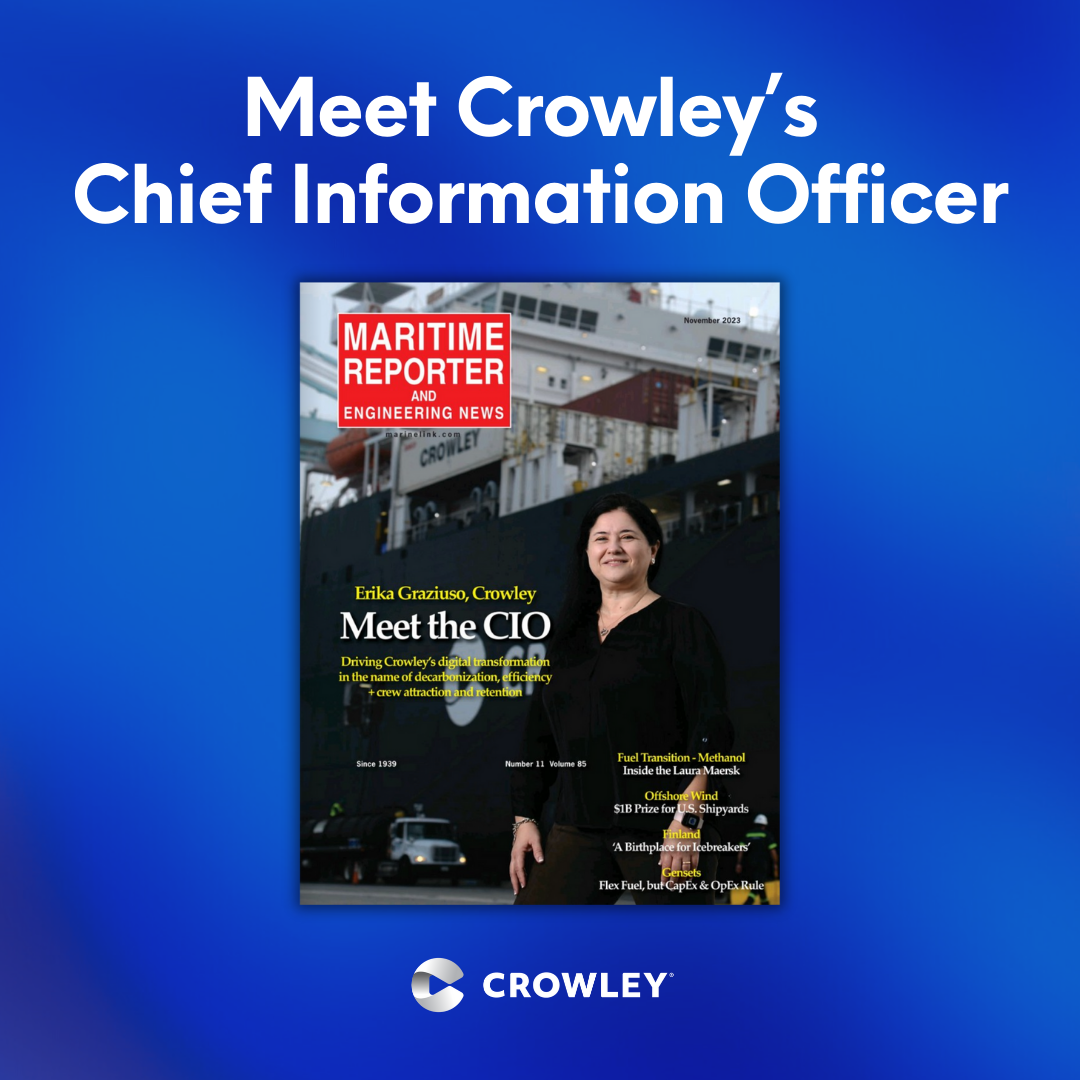
Crowley offers rewarding maritime careers for college graduates and others looking to join a company that prioritizes safety and innovation while providing competitive wages, opportunities to advance and the choice to join a hard-working team building a sustainable future. Learn more about maritime jobs, including becoming a port engineer.
OTHER STORIES THAT MAY INTEREST YOU:
